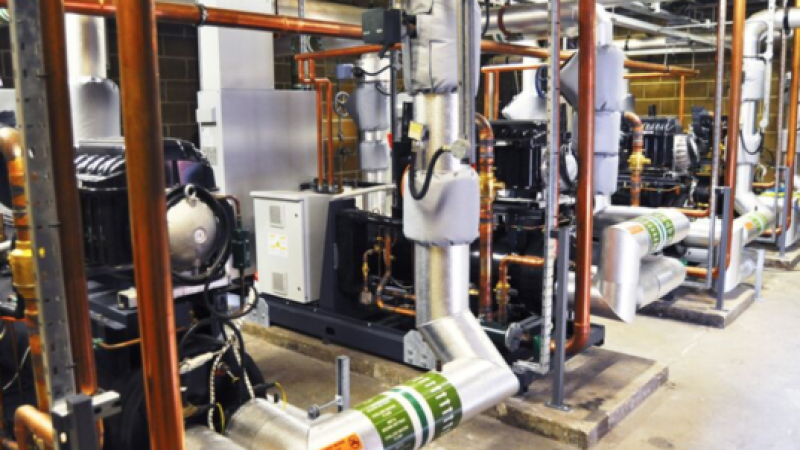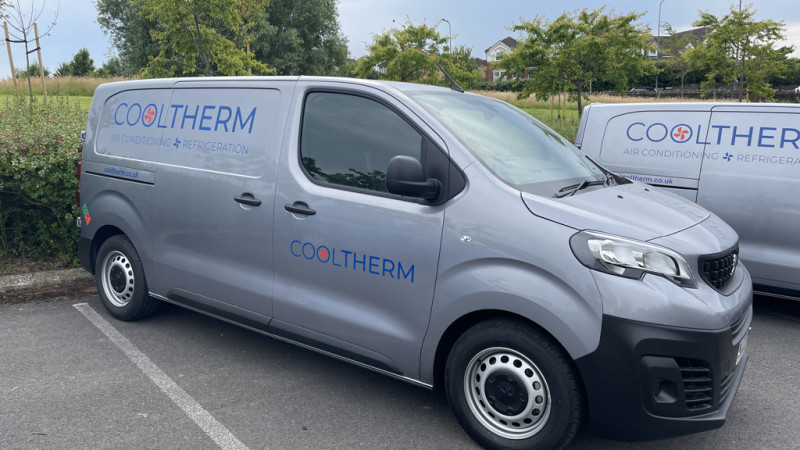The New Chill: Industry Shift from High GWP to Eco-Friendly Refrigerants
Globally, a gradual reduction in the deployment of refrigerants with a high potential for global warming has become a key focus. To monitor and curb emissions, the metric for regulating the sale of refrigerants across Europe has transitioned from weight measurements in kilograms to a more relevant metric: the carbon dioxide equivalent.
This change is designed to underscore the potency of HFC refrigerants, which, on a per-kilogram basis, can be thousands of times more impactful in terms of global warming potential compared to carbon dioxide.
The ultimate target is a steep reduction to just 21% of the average emission levels recorded between 2009 and 2012, with the deadline set (at the time of writing) for 2030.
At the start of 2016, the European Union embarked on enforcing a 7% reduction in the market availability of fluorinated gases (f-gases), based on their carbon dioxide equivalent impact. A landmark reduction followed in January 2018, slashing the permissible level to 63% of the baseline, steering the EU closer to its environmental sustainability goals by prioritising alternatives with lower global warming potential (GWP).
The UK has committed to maintaining its alignment with the EU's regulations on f-gases and adhering to European safety standards. Moreover, the global community has rallied around this cause through the Kigali Amendment to the Montreal Protocol. This is aimed at phasing down the production and usage of hydrofluorocarbons (HFCs) and secured ratification from 20 countries, rendering it a legally binding agreement that came into effect on January 1, 2019. This represents a significant step forward in the global effort to address climate change by mitigating the impact of one of its lesser-known contributors.
Refrigeration has now become intertwined into various facets of modern life, from maintaining food standards, to creating optimal conditions for data centres, supporting the beverage industry, and preserving the integrity of pharmaceuticals.
Therefore, completely halting use is not a viable option. However, the environmental impact of common refrigerants with high GWP prompts a pressing need for alternatives.
Focus is shifting towards exploring both natural and synthetic refrigerants as potential substitutes. These alternatives aim to fulfil the same crucial cooling roles while minimising the ecological footprint to align with global efforts to combat climate change and protect our planet for future generations.
From a practical point of view, the short-to-medium term will inevitably see economic shock as the reduction in supply cannot meet the demand. A notable example is the refrigerant R404a, which saw its price surge by over 700% in 2023. This steep an increase is unprecedented but can be seen as a precursor for the market as alternatives aim to secure a foothold.
Moreover, this creates the pressing issue for businesses reliant on refrigeration to address the escalating costs associated with refrigerant leaks. The expense for a kilogram of refrigerant now exceeds the cost of an hour's labour for a technician to repair such leaks. As refrigerant prices rise, contractors are forced to adjust their pricing models, passing these increased costs onto their customers.
This economic pressure is intensifying the push towards ensuring synthetic refrigerant systems are leak-proof. However, this is particularly challenging in older systems, which historically experience leakage rates of 5% to 10% of their total refrigerant content annually.
The challenge with older systems extends further as servicing restrictions have come into play. Refilling existing systems with refrigerants that have been phased out has now been outlawed, leading to a difficult decision for operators: switch to a new system, or source a low GWP alternative.
Transitioning from refrigerants with high GWP to those with a lower GWP is not without its complexities, unfortunately, and flammability is a definite concern in this shift.
While many low GWP gases offer promising reductions in environmental impact, their flammable nature introduces safety challenges.
For instance, propane (R-290) is recognised for its minimal environmental footprint and can be safely implemented in smaller-scale applications, such as household refrigerators or external air chiller plants.
However, the flammability of propane makes it unsuitable for use in split air conditioning systems, where safety risks would be heightened.
Similarly, ammonia, another low GWP refrigerant, presents a risk due to its toxic properties. While it might be an effective solution for larger chiller systems, its use is not advisable for air conditioning systems within confined spaces due to the potential for toxic exposure.
Nuanced considerations must be weighed in the pursuit of environmentally friendly refrigeration solutions, underscoring the importance of balancing ecological benefits with safety requirements.
The advent of synthetic blends, rich in Hydrofluoroolefins (HFOs) or their lower GWP variants, are poised to be classified under the A2L category due to their mild flammability. Embracing this development requires a commitment to adapt and engineer refrigeration systems that can safely manage these flammability concerns, much like the approach taken with ammonia.
It's worth noting that ammonia, despite its toxicity, has been a staple in industrial refrigeration for over a century. This long history of use demonstrates our capacity to handle refrigerants with challenging properties through careful management and system design. Similarly, as we transition to these alternative refrigerants, the focus will be on innovation and safety protocols to harness their environmental benefits while mitigating any associated risks.
Since the early 1990s, CO2 has seen a resurgence as a refrigerant, particularly within the supermarket sector. Its appeal lies not only in its contextual low GWP, but also in its cost-effectiveness and safety profile. CO2-based refrigeration systems are proving to be as durable as any other industrial refrigeration solutions on the market.
Notably, however, one limitation of CO2 refrigeration technology is its inability to be retrofitted into existing systems, requiring new installations to fully leverage its benefits. A thorough assessment must be implemented prior to any decision being made.
The decarbonisation of refrigeration equipment is the responsibility of everyone who deploys them. The benefits of switching to low-GWP refrigerant equipment extends into both economic and environmental sustainability.
Are you in a position to source new chilling equipment? Or in need of a low GWP alternative? If so, Cooltherm are on hand to guide you through. Contact the team today and let’s discuss your options.
Related News

The Importance of Cooling in Summer

9 Ways to Maximise your HVAC Value
